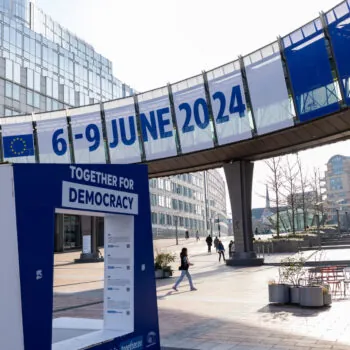This Brexit scenarios update reflects recent developments in the Brexit negotiations and examines the implications for energy and climate issues.
Overall we assess that space for climate and energy cooperation has increased as talks move onto the second phase of negotiations. However, significant challenges remain and the timing, structure and framing of major climate and energy issues over the next two to three months will have a major impact on the final outcome.
The last minute agreement to a ‘divorce settlement’ between the UK and EU on the morning of the 8th of December marked a significant milestone for the Brexit negotiations. The joint statement provides agreement on the main issues within Phase I of the negotiations covering citizens’ rights, financial obligations and the Irish border. Talks are now expected to progress to Phase II and discuss the transition deal and heads of agreement on a future relationship, where the majority of energy and climate issues will be decided.
Nonetheless, the joint statement contains a number of important elements for energy and climate change including:
- The All Ireland Single Energy Market (SEM): The commitment by both sides to maintaining an open border, including for energy infrastructure, will require ongoing cooperation. By far the best way to achieve this would be for the UK to continue to fully participate in the EU Internal Energy Market (IEM);
- The European Investment Bank (EIB): The EIB is a key financer of energy infrastructure. The agreement will minimise any disruption to the EIB, which had the potential to impact investment on both sides, and opens up the prospect of establishing a UK subsiduary post Brexit;
- Euratom: There has been agreement that “…the UK will be responsible for international nuclear safeguards in the UK and is committed to a future regime that provides coverage and effectiveness equivalent to existing Euratom arrangements.” However, as a matter of urgency the UK Government should now publish details of how this will be achieved by the date of exit.
Progress in the negotiations has led to a revision in the scenario outcomes as shown in figure 1 below. The risk of a crash and descent into ‘hostile nationalism’, with both sides blaming the other for failure to progress the talks, was narrowly avoided but the deal shows both sides remain committed to progress. When the Northern Ireland Democratic Unionist Party (DUP) objected to language on the Irish border on the morning of the 4th December it looked like a collapse was a real possibility. In brokering a deal 4 days later UK Prime Minister Theresa May possibly rescued both the Article 50 process and her own future. In doing so there is now a much reduced chance of a hostile nationalism outcome, although that is not to say that a crash ‘no deal’ outcome is completely ruled out.
Figure 1: Winter 2017 updated political scenarios

The stutter towards conclusion at the end of Phase I exposed how fragile the talks are and the deep divides within the UK position. But having made progress, however faltering, there is now more space to explore an economic transition scenario which prioritises reaching a swift agreement on a transition phase and then moves on to discuss the heads of agreement for the future relationship. This does not mean that the negotiations will be easy going forward. In particular there is no UK Cabinet Agreement on the endstate it wants. Failure to resolve these issues could still lead to a crash outcome, but, this will likely now be directly perceived as a deliberate attempt to derail the negotations and walk back on the Phase I agreement. This may change the political calculation for many of the leading political figures involved.
For energy and climate issues it is now critical that they are positioned appropriately within the Phase II process to ensure the best chance of achieving a cooperative outcome. In particular three key areas are important:
- Timing within the Phase II negotiations: Energy and climate issues provide an obvious area where physical interconnection (both through energy infrastructure and shared environmental space) mean that there is strong mutual benefit from continuing to work together. As such they should be dealt with as early as possible within Phase II;
- Structure of working groups: Alongside timing, how the negotiating groups are broken down and structured can have a material impact on the final outcome. It is important that energy and climate issues remain linked as issues through Phase II, as the main synergies and trade-offs are complimentary across them;
- Framing of major trade-offs and compromises: Negotiations always require movement and compromise from both sides. For energy and climate, there is an obvious potential deal around UK Internal Energy Market (IEM) access versus continued UK contribution to meeting the EU 2030 decarbonisation goal of an at least 40% reduction.
Finally, for the first time a remain option is explicitly considered in the scenarios. It is possible that if the UK looks like it is moving towards a two year transition deal where it remains within the Single Market and Customs Union, followed by a deal that will require close regulatory alignment to avoid a hard border in Ireland it is possible that public sentiment may shift. Already the sustained high levels of inflation in the UK as a result of the pound devaluing are having an impact on public sentiment, where a majority of people now believe for the first time that they will be worse off as a result of Brexit. We will continue to monitor and update remain options in future scenario updates.
Read the full brief, Brexit scenarios: space for climate and energy cooperation grows, here.


